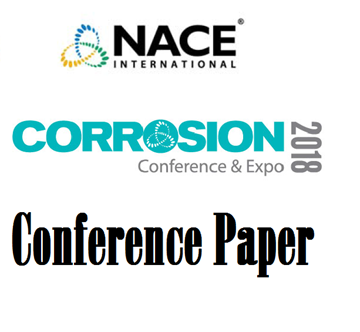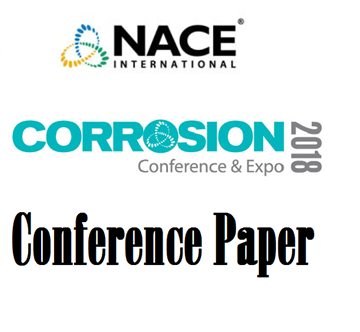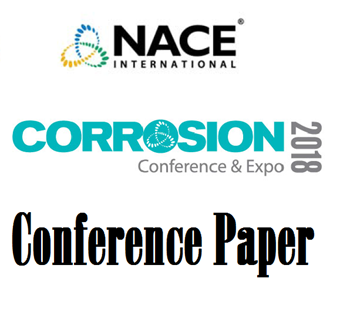Search
51318-10512-Effects of nitride precipitation in duplex stainless steel
Also Purchased
51318-10466-Internal Corrosion Asset Preservation Methodolgy - Case Study
Product Number:
51318-10466-SG
Publication Date:
2018
$20.00
51318-10487-Evaluation of Coating Systems to Address Pitting Corrosion of 316 Stainless Steel for Offshore
Product Number:
51318-10487-SG
Publication Date:
2018
$20.00
51318-10509-Recent Applications of Evaluation Equipment in HTHA Service
Product Number:
51318-10509-SG
Publication Date:
2018
$20.00




